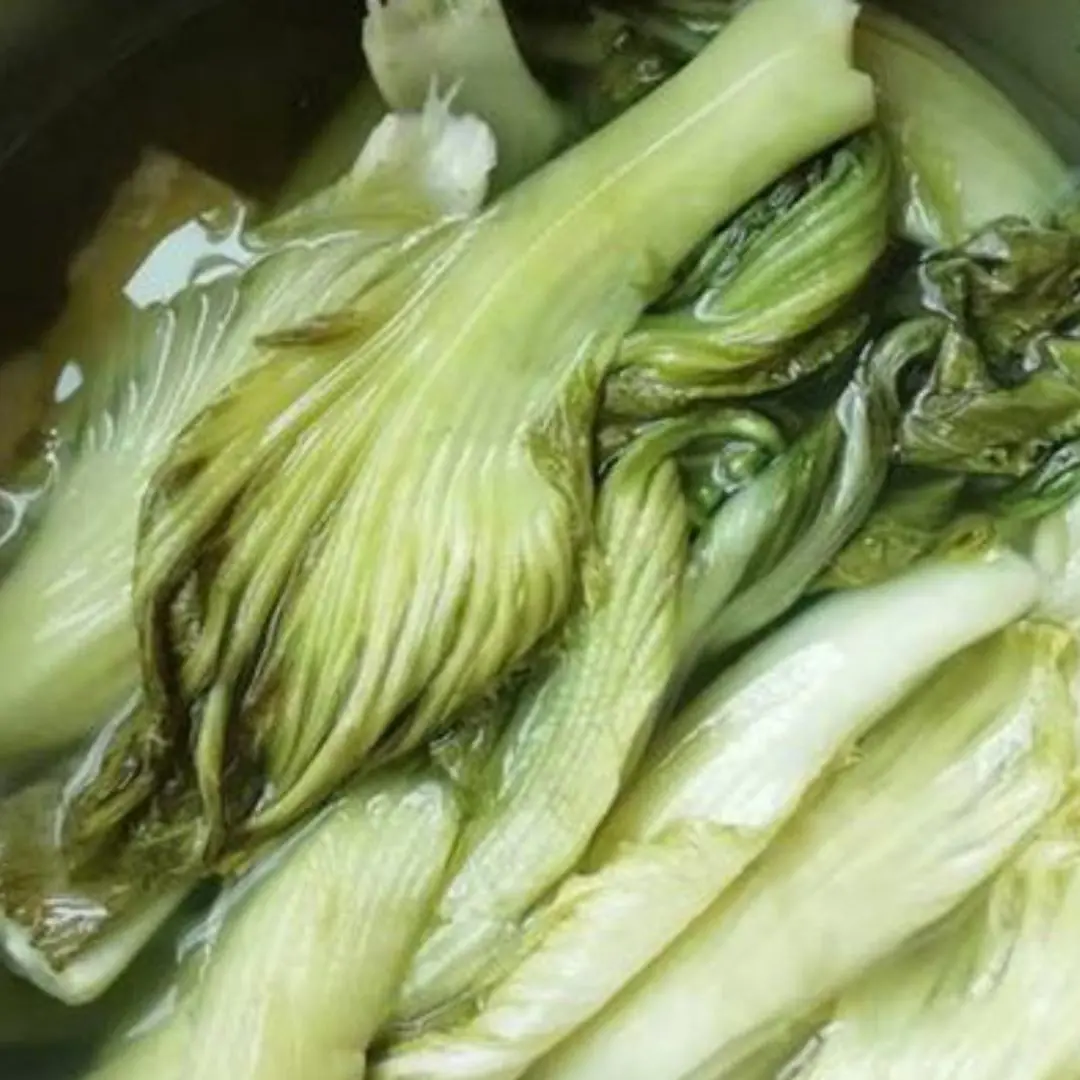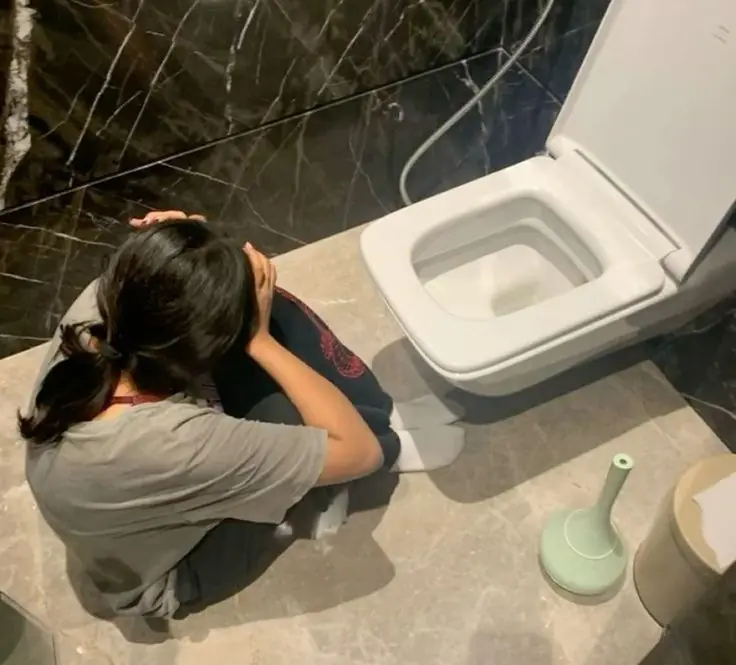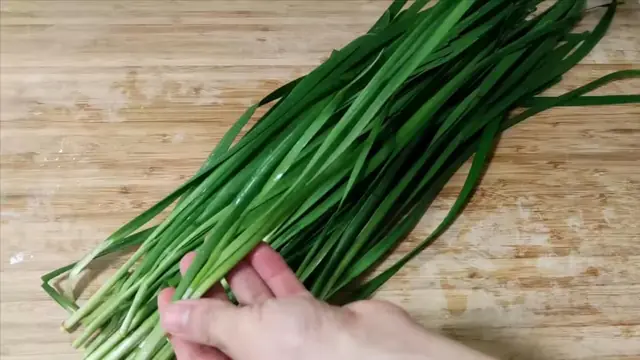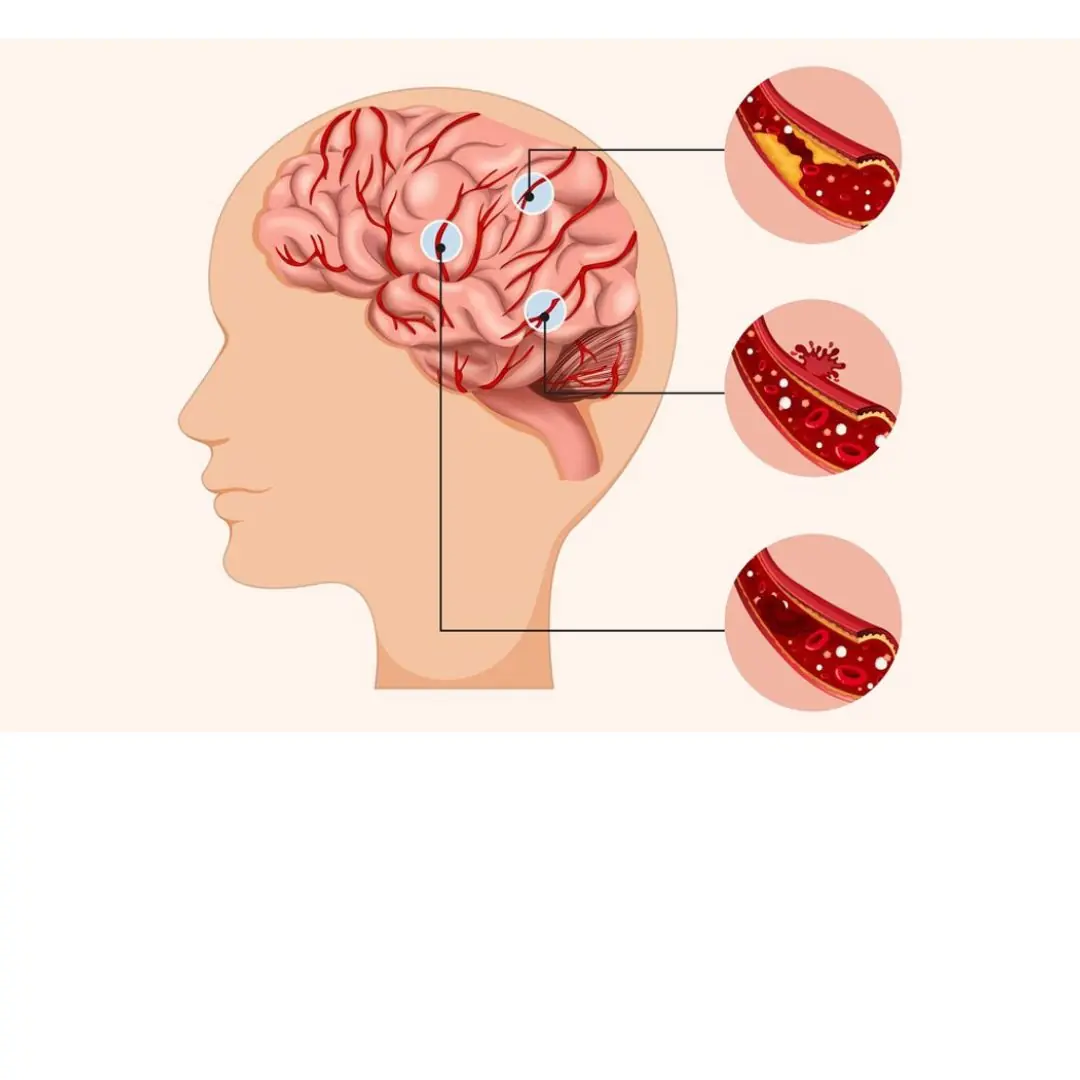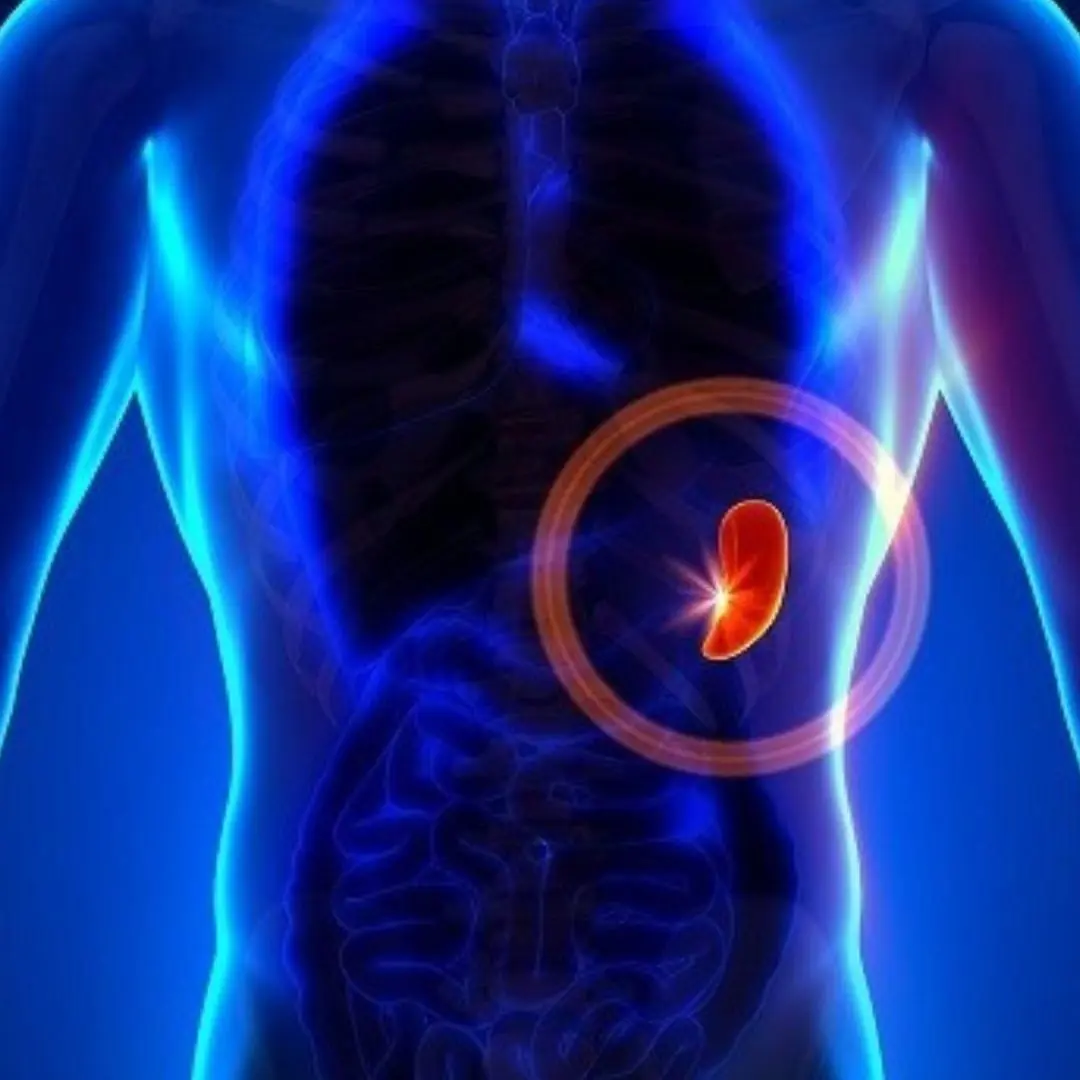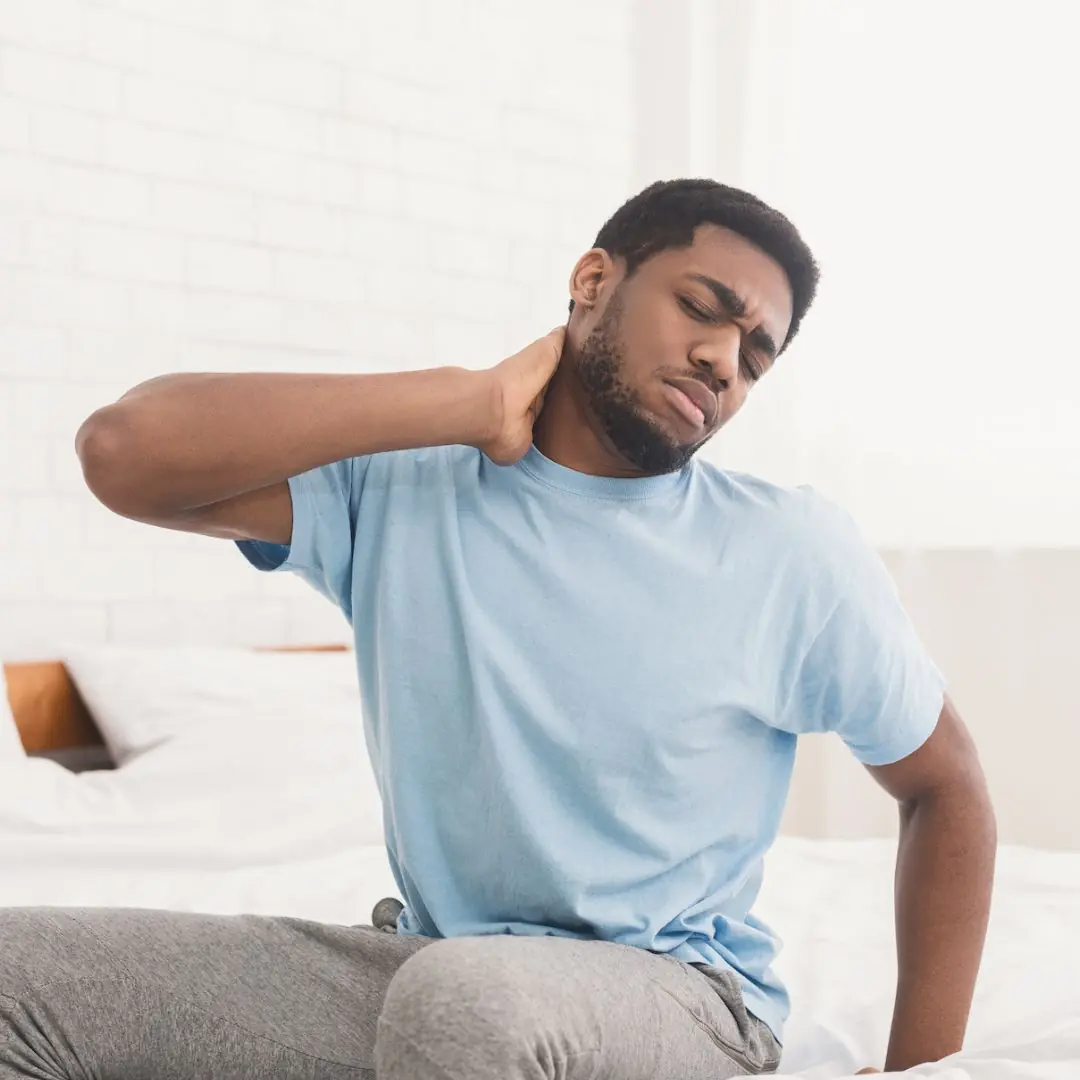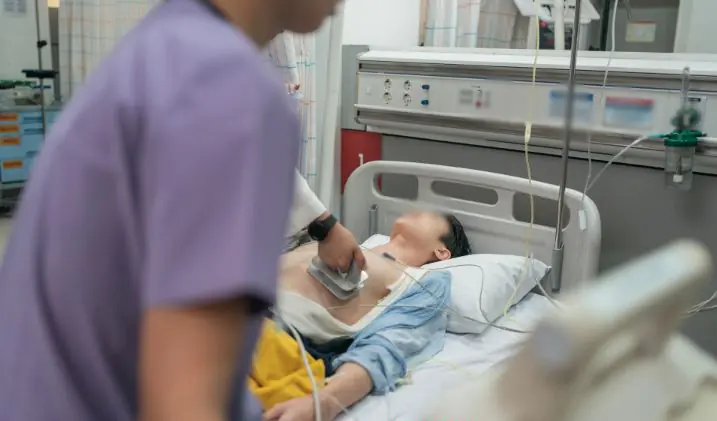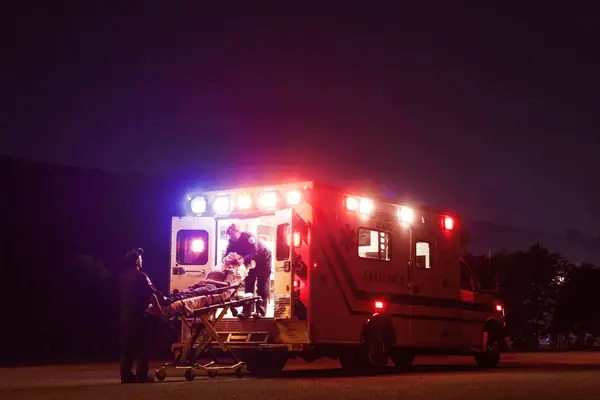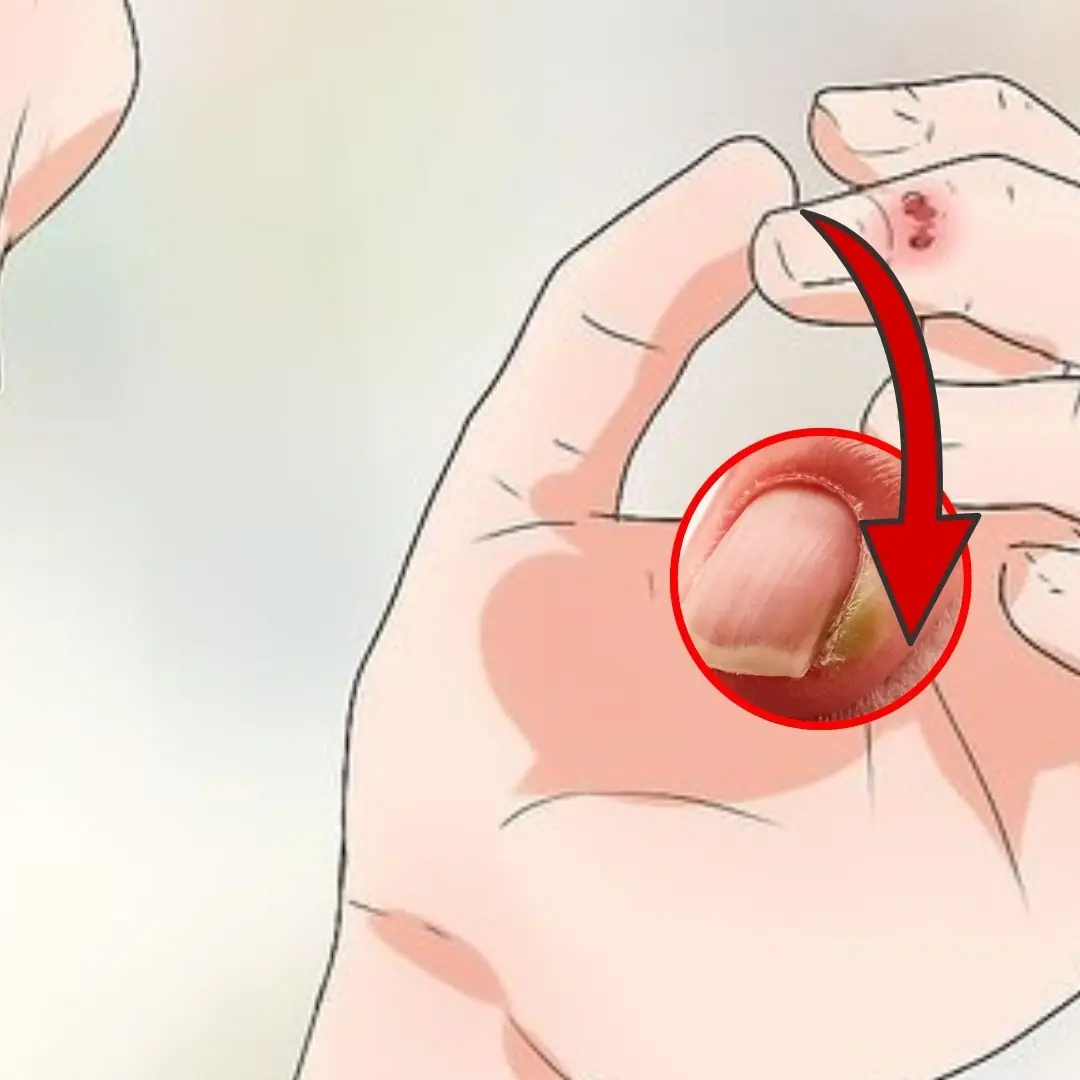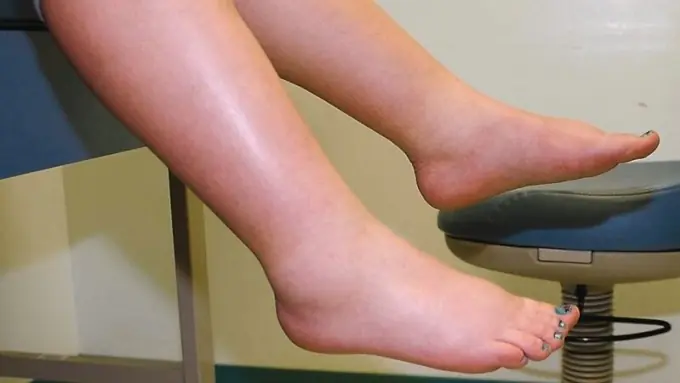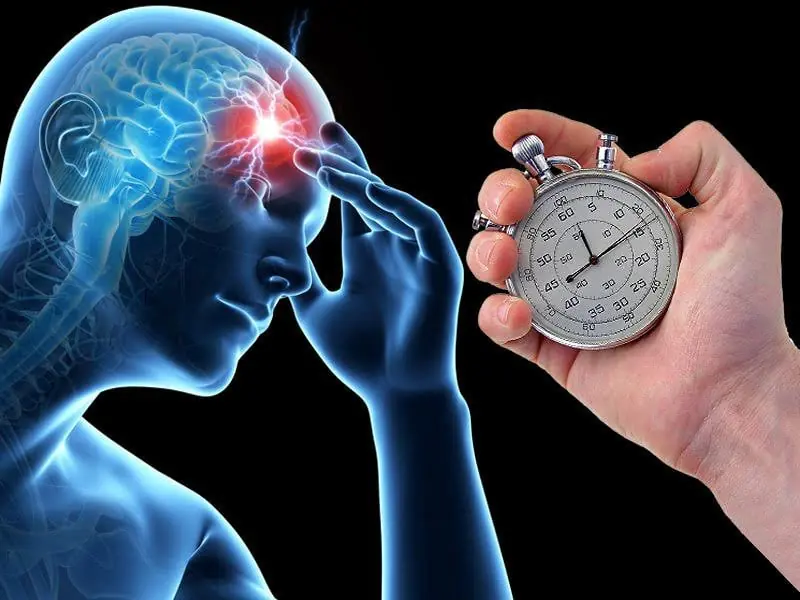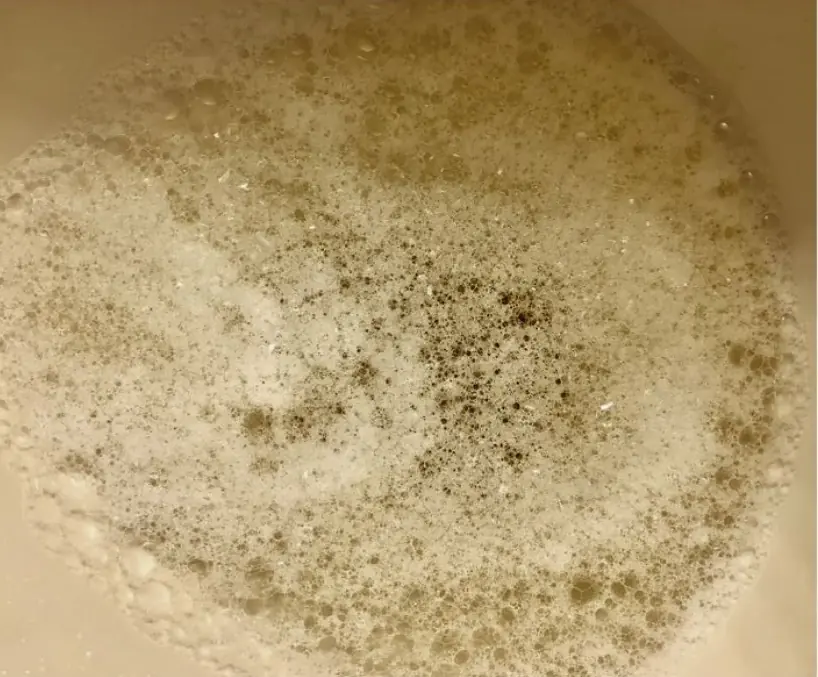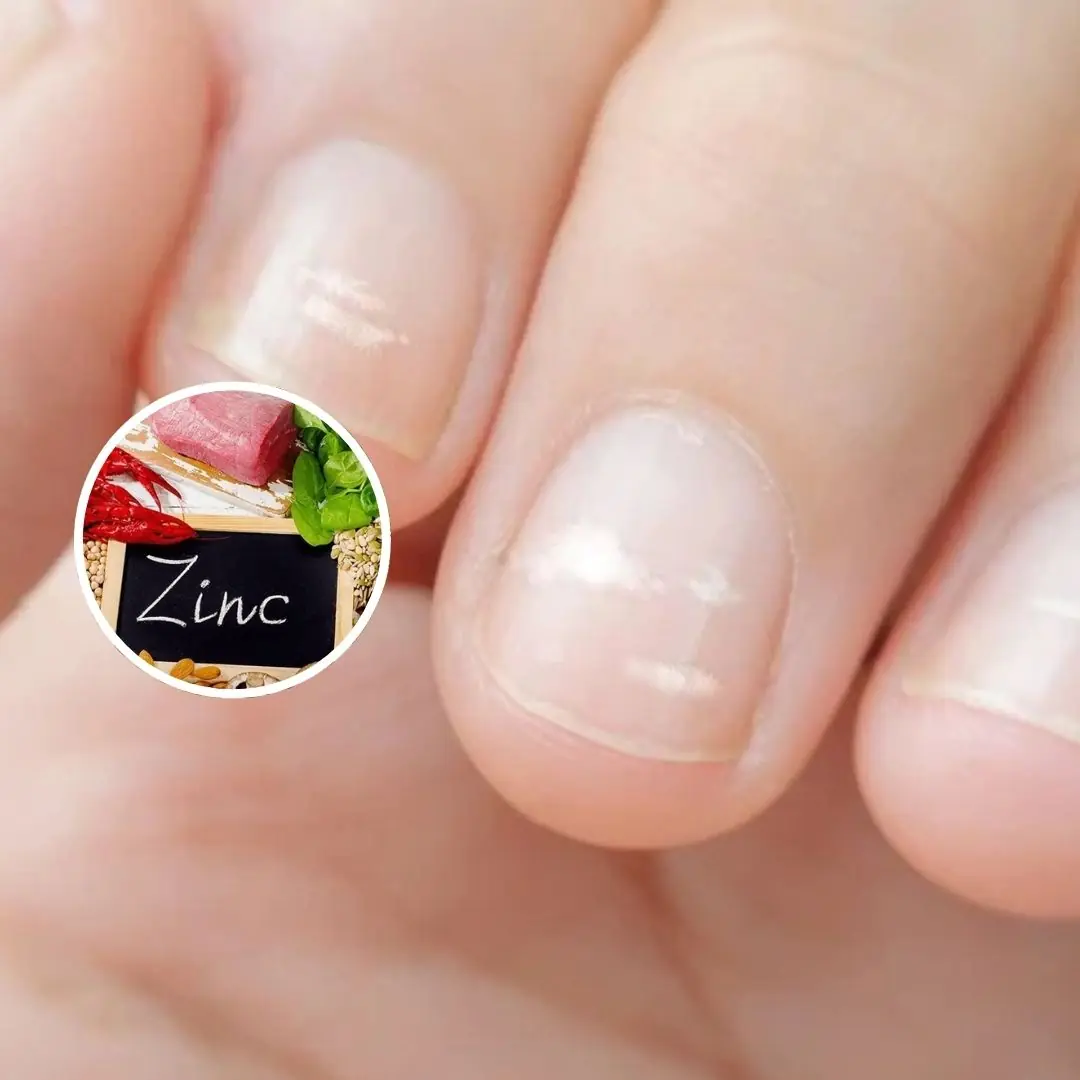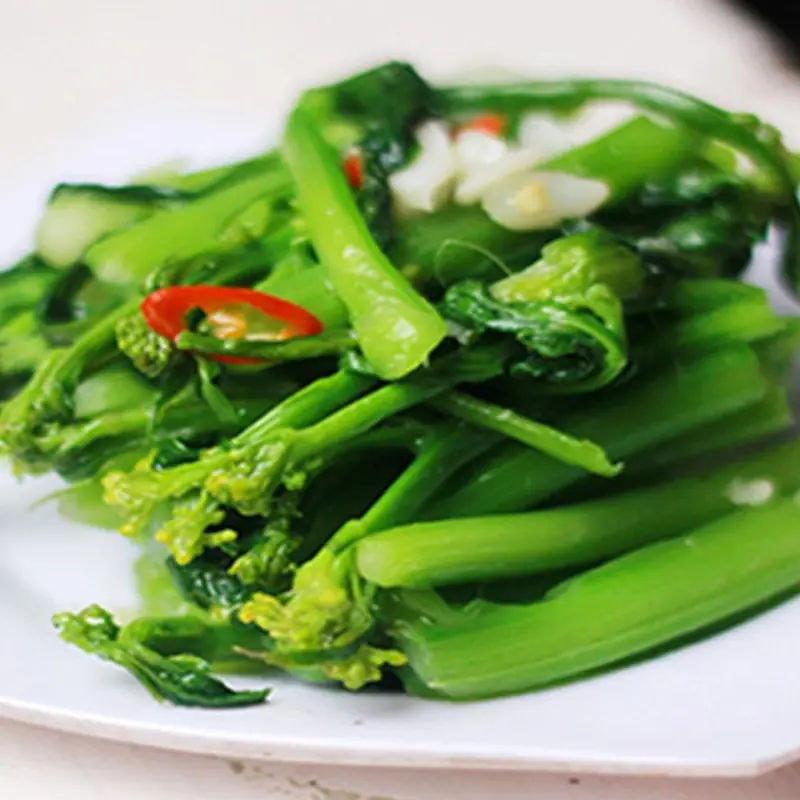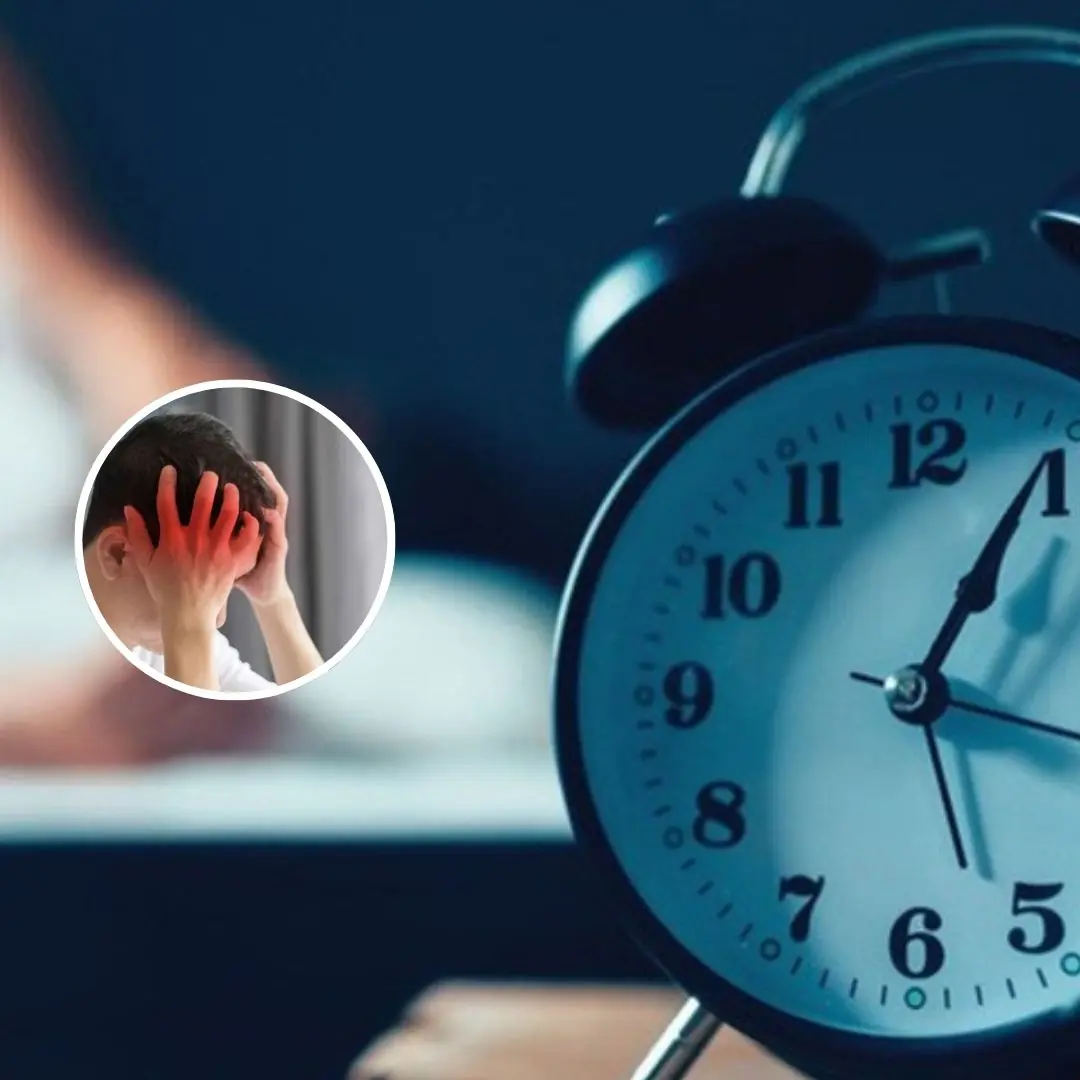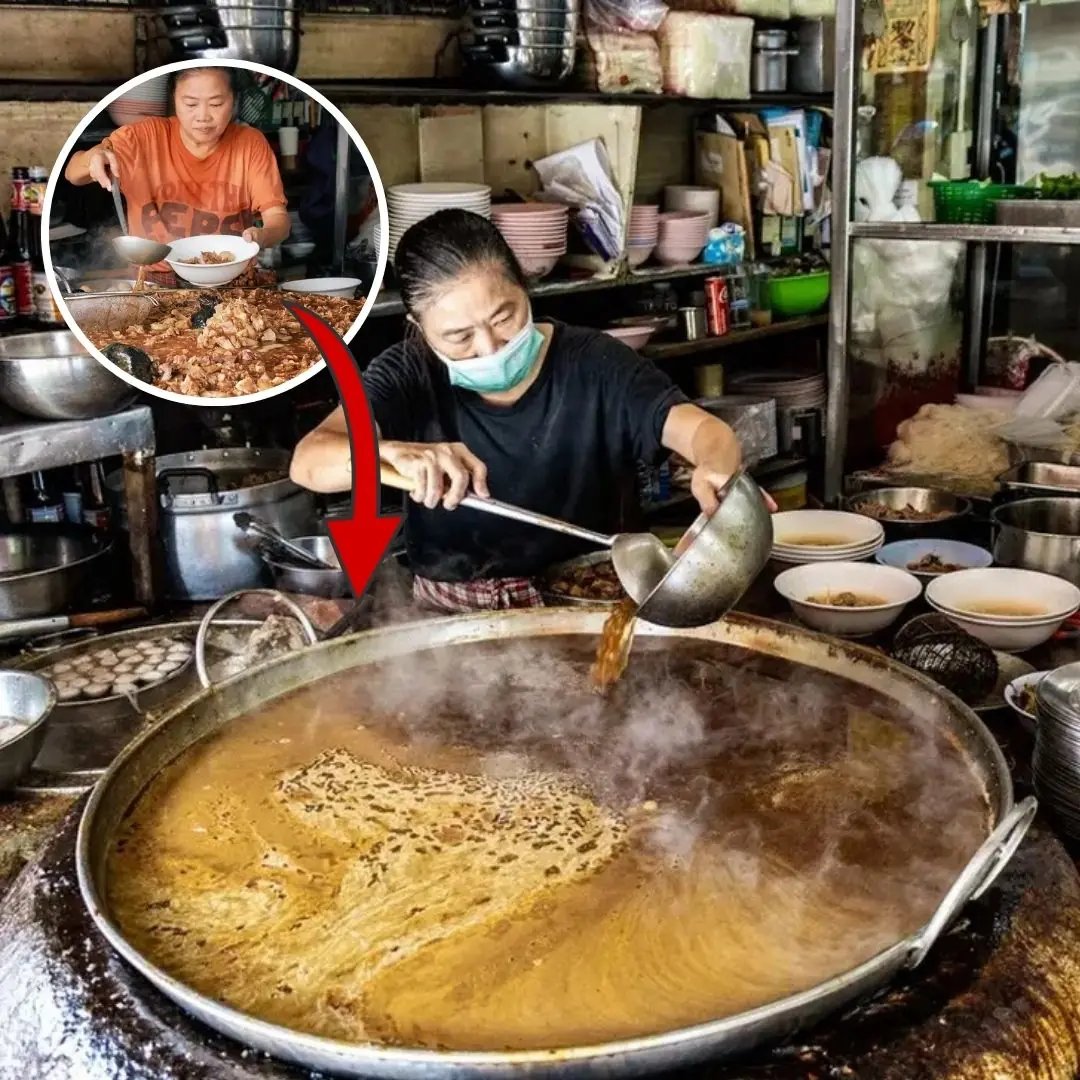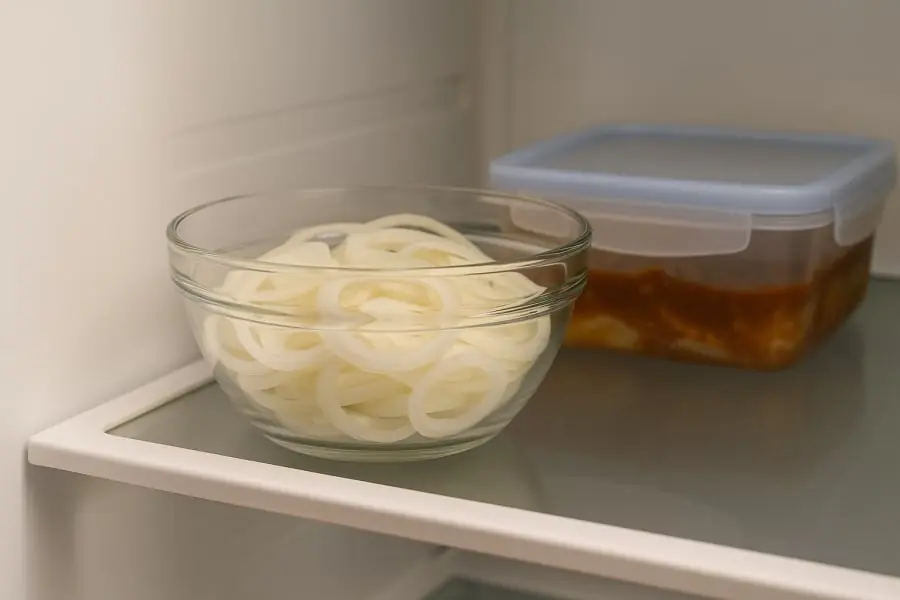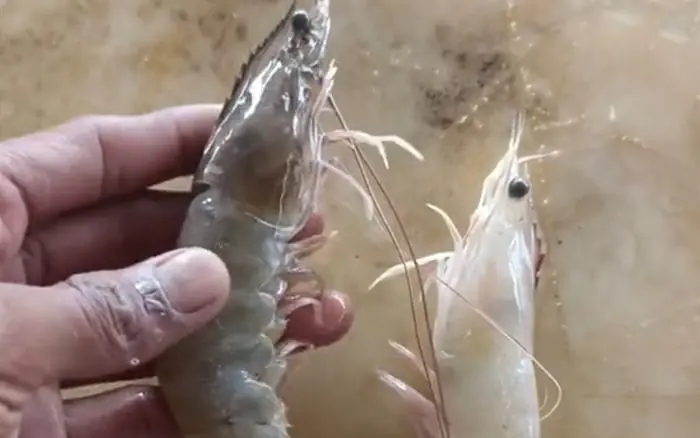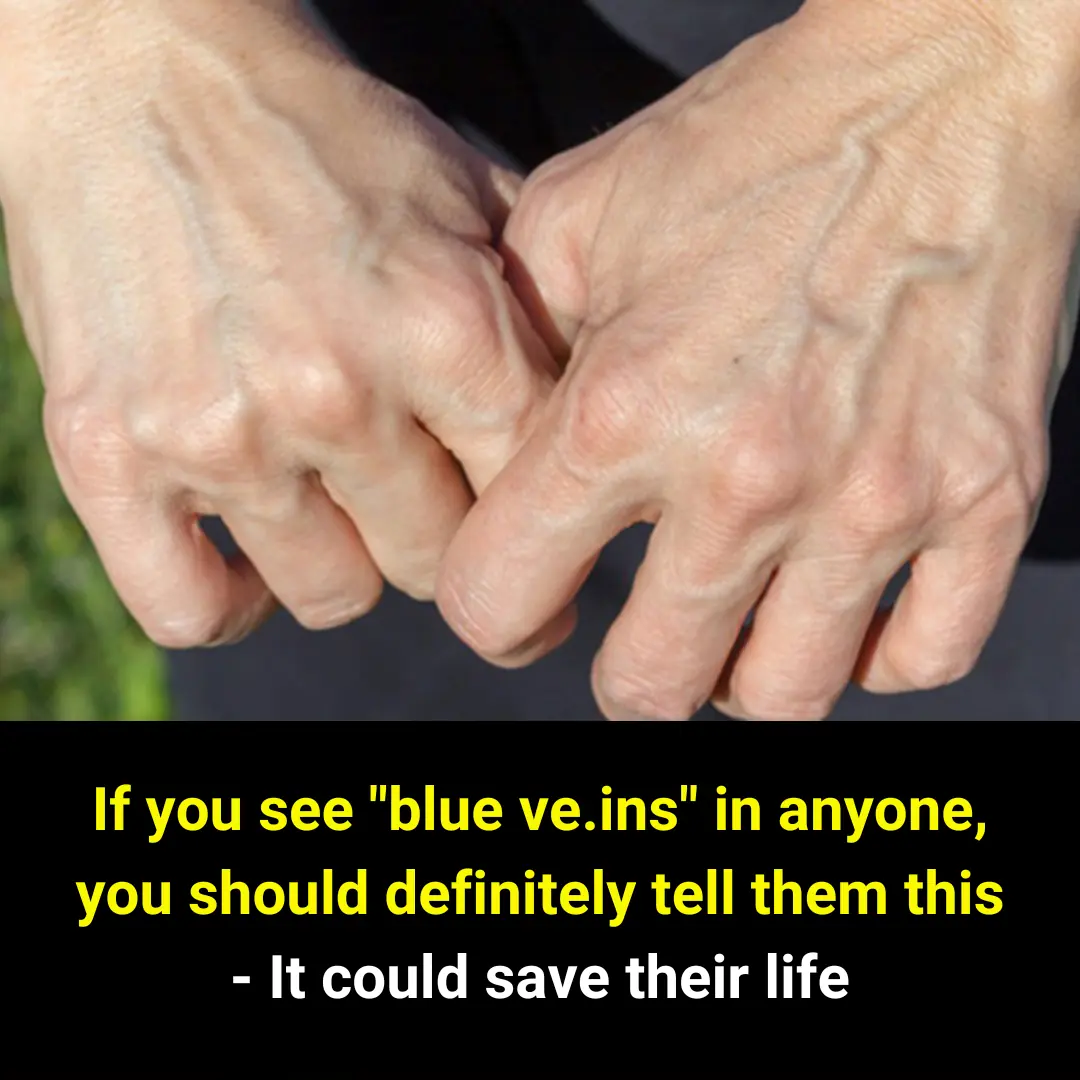
According to some experts, veins can reveal part of human health due to the impact of abnormal fluctuations of the external environment. Mainly, the manifestations of the body are observed through veins in the head, eyes, hands, feet and other parts...
The blue veins visible under the skin are veins. If you notice these veins appearing in certain areas, it could be a bad sign for your health.
Visible Blue Veins as a Health Warning
When blue veins start showing up on the skin, it doesn’t just affect aesthetics, but also points to possible health concerns. You should not ignore this and should visit a doctor for advice and treatment. According to some experts, symptoms of internal health problems can be observed through the veins on the head, eyes, hands, legs, and other parts of the body. Your veins might reveal a part of your health condition, influenced by external factors.
1. Veins on the Hands and Wrists
Visible veins on the hands often indicate that waste is accumulating in the lower back and waist, which can cause stress, fatigue, back pain, and even muscle stiffness. Additionally, veins on the fingers, especially in older people, can reflect not only digestive issues but also abnormalities in capillaries, brain circulation problems, headaches, dizziness, or even strokes.
If veins near the thumb are more pronounced and twisted, it could signal arteriosclerosis of the coronary arteries, potentially leading to heart attacks. Veins on the middle finger can indicate cerebral arteriosclerosis. Veins in the finger joints could signal stomach issues, chronic constipation, hemorrhoids, or even cancer. However, if the condition improves, these veins will gradually fade and disappear.
2. Veins on the Chest and Abdomen
The appearance of veins in the chest and abdominal area indicates you need to pay closer attention to your health, particularly the chest, breast, and emotional well-being. More seriously, visible veins in the abdomen could suggest cirrhosis or tumors, so veins in this area are crucial and difficult to treat.
3. Veins on the Legs
Visible veins on the legs are often caused by swollen joints and rheumatoid arthritis. If left untreated, this can worsen the condition and become more dangerous, making it difficult to treat long-term.
4. Veins on the Head
When veins on the head become noticeably swollen, it’s important to pay attention to dizziness, headaches, and even the potential for cerebral arteriosclerosis, which can lead to strokes. Veins on the forehead are often caused by stress and long-term pressure from work.
5. Veins on the Nose
Veins on the nose clearly indicate harmful toxins in the digestive system, leading to symptoms like abdominal pain, bloating, indigestion, constipation, and a pale complexion.
6. Veins Around the Mouth
Blue veins around the mouth may suggest gynecological issues, fatigue, lower back pain, and rheumatoid arthritis in the legs.
Take better care of your health and be attentive to those around you!
To prevent health issues related to veins, you can apply the following preventive measures and health care tips:
1. Maintain a healthy lifestyle:
-
Balanced diet: Ensure a diet rich in nutrients, especially foods that help strengthen blood vessels such as fruits, vegetables, and nuts that are high in vitamins C, E, and omega-3.
-
Drink enough water: Helps the body remove toxins and maintain the proper function of veins.
-
Limit salty foods: Reducing salt intake will help prevent water retention in the body, reducing pressure on blood vessels.
2. Regular exercise:
-
Gentle exercise: Walking, swimming, or yoga can help promote blo.od circulation and improve cardiovascular health.
-
Avoid prolonged standing or sitting: If your job requires you to stand or sit for long periods, try to change your posture frequently and take short walks to stimulate blo.od flow.
3. Control your weight:
-
Obesity is a risk factor for blood vessel problems, so maintaining an ideal weight will reduce the burden on veins and the cardiovascular system.
4. Manage stress:
-
Prolonged stress can affect blood vessels and increase the risk of heart disease. Find ways to relax, such as meditation, deep breathing, or engaging in hobbies you enjoy to reduce stress.
5. Use measures to protect blood vessels:
-
Keep your body warm: In winter, keep areas of the body that are prone to cold, such as hands and feet, warm to maintain blood circulation.
-
Wear compression stockings: For those at high risk of varicose veins, compression stockings can help reduce pressure on blood vessels.
6. Regular check-ups:
-
Have regular health check-ups to detect any vein issues such as varicose veins, high blo.od pressure, or cardiovascular diseases early.
7. Avoid stimulants:
-
Limit alcohol and tobacco use, as they can reduce blood circulation and ha.rm blo.od vessel health.
8. Take care of cardiovascular health:
-
Control blo.od pressure: High blood pressure is a major risk factor for vascular diseases. Regularly monitor your blood pressure and follow your doctor’s recommendations.
By adopting these preventive measures, you can help maintain healthy blo.od vessels, prevent vein problems, and protect your body from the risk of serious diseases.


